
Goats In The Garden Project
The Texas Native Boardwalk will be grazed by goats for the first time in April 2024 as part of a new land management program at the Garden.

The Texas Native Boardwalk will be grazed by goats for the first time in April 2024 as part of a new land management program at the Garden.

Natural history collections play an increasingly vital role in biodiversity studies. Much of the research that leverages these collections combines this accumulated diversity knowledge with genomic approaches. There is a movement toward improved collection practices that incorporate resources that can be used in genomics research.

The region where the eastern slopes of the Andes Mountains meet the Amazonian lowlands harbors one of the greatest concentrations of biological diversity on Earth. Thousands of species and many complex tropical ecosystems exist along an altitudinal gradient from 4,000 meters (13,000 feet) in the Andes to 200 meters (650 feet) in the Amazonian lowlands.
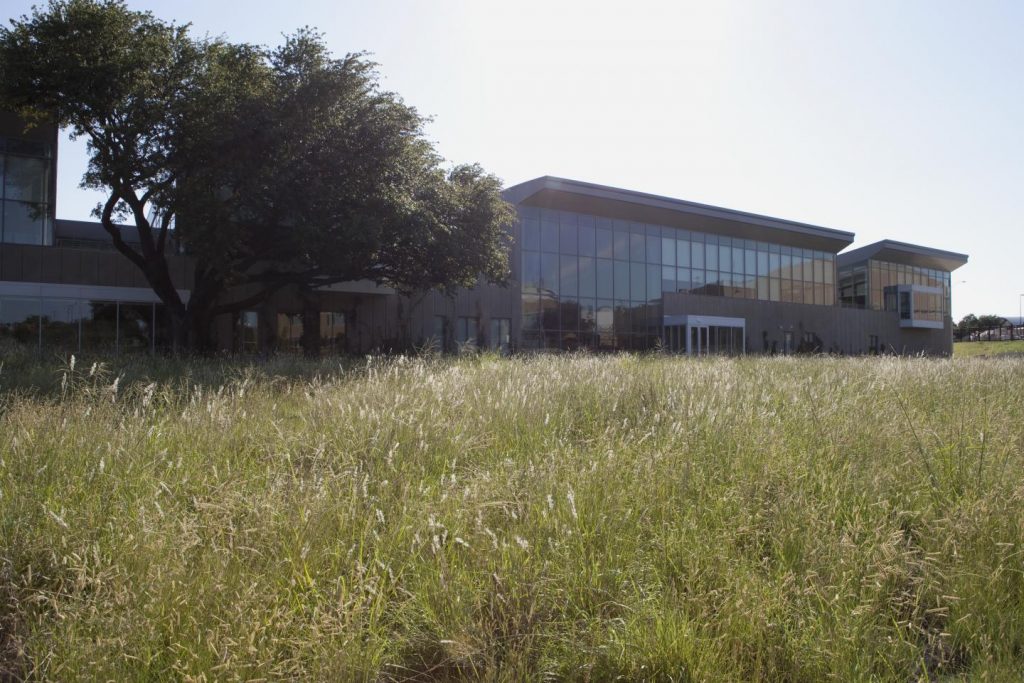
The purpose of the prairie on the BRIT Landscape is to provide the public a glimpse of the aesthetics of natural or native landscapes, reduce BRIT’s demand for water resources, be a valuable source for research into restoration of prairies in urban environments, and provide a model for habitat restoration and ecological connectivity. The culture of the region arose in the context of prairies.
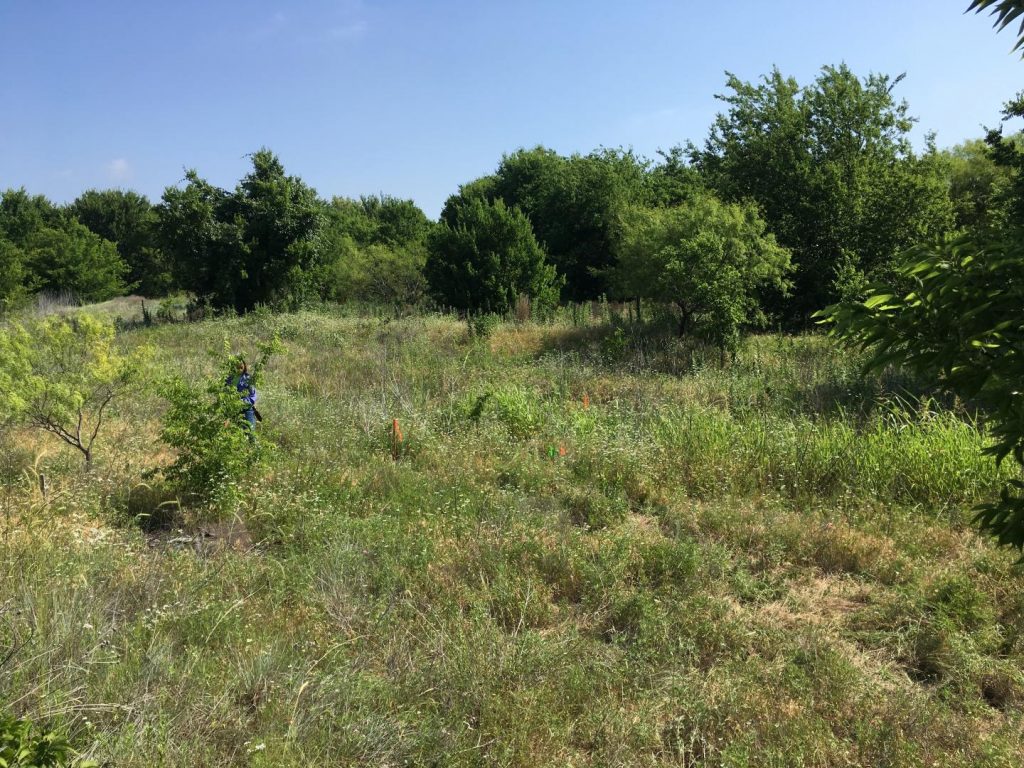
This project involves conducting a detailed biodiversity assessment to be used for the development and implementation of a natural resource management plan for the 33 acres of undeveloped land included in the 147-acre campus of All Saints’ Episcopal School (ASES) in Fort Worth, Texas. The property also includes a 12-acre natural area with a wetland, riparian area, native grassland, orchard, and vegetable garden.
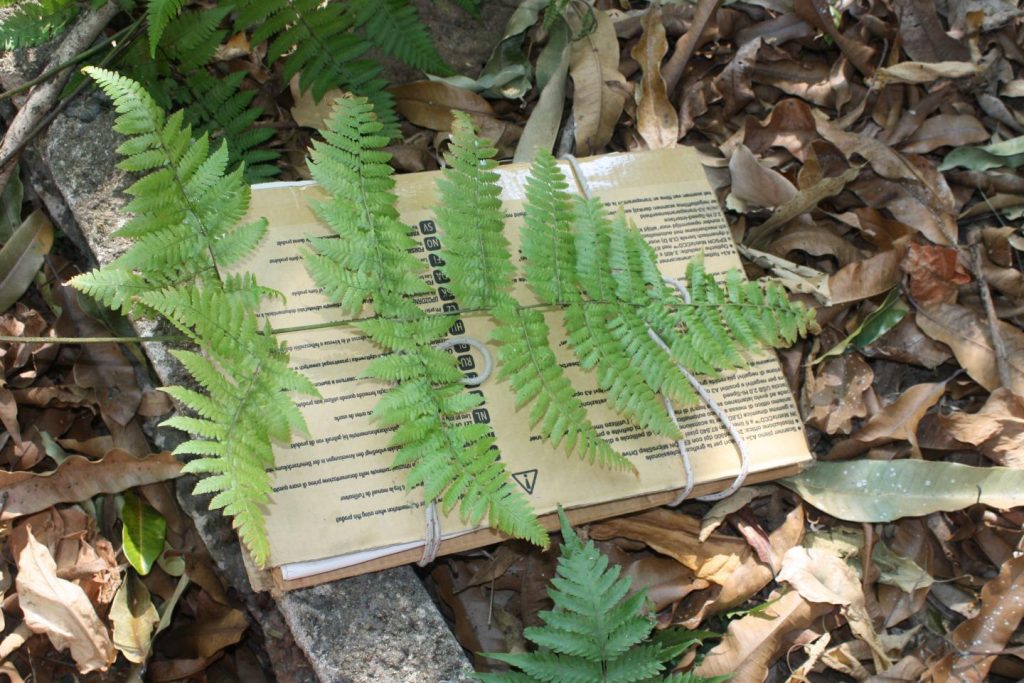
Taxonomy and Evolution of Ferns and Lycophytes Program Currently, we make part of a three-year grant from the United States National Science Foundation to digitize and image
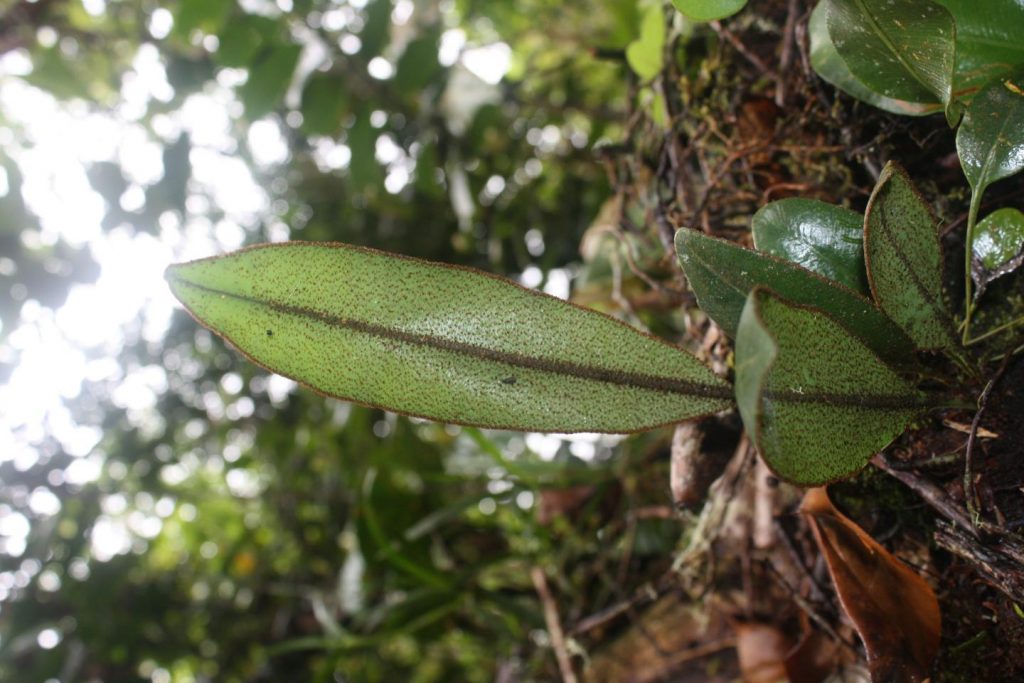
Colombia is estimated to harbor the highest fern diversity of any Neotropical country, with more than 1600 native fern species currently documented.
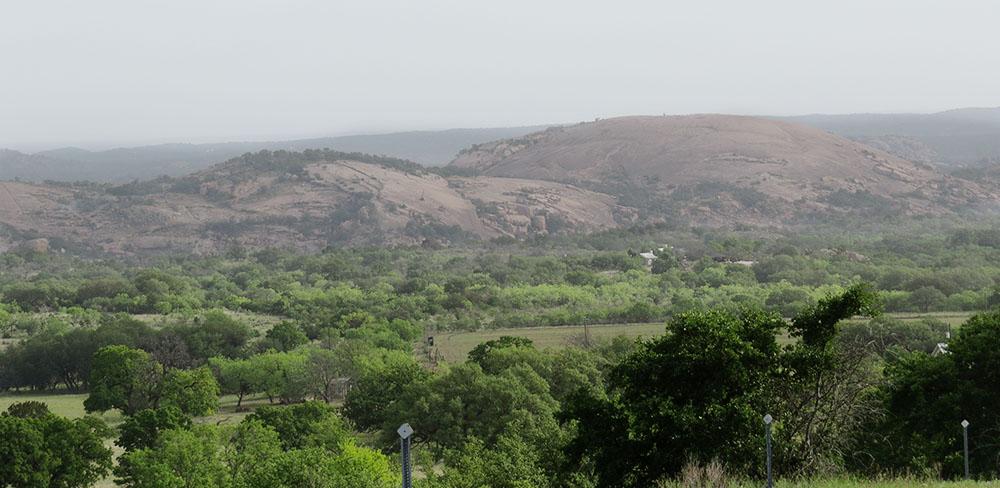
Enchanted Rock State Natural Area is a 1,643 acre property owned by the state of Texas and managed for wildlife and tourism. The land was purchased from private landowner Charles Moss by the Nature Conservancy of Texas in 1978 and was later sold to the state of Texas. The park opened as a state natural area in 1978. Prior to its acquisition by the Nature Conservancy, the property was held by several private landowners and used for cattle ranching and tourism.
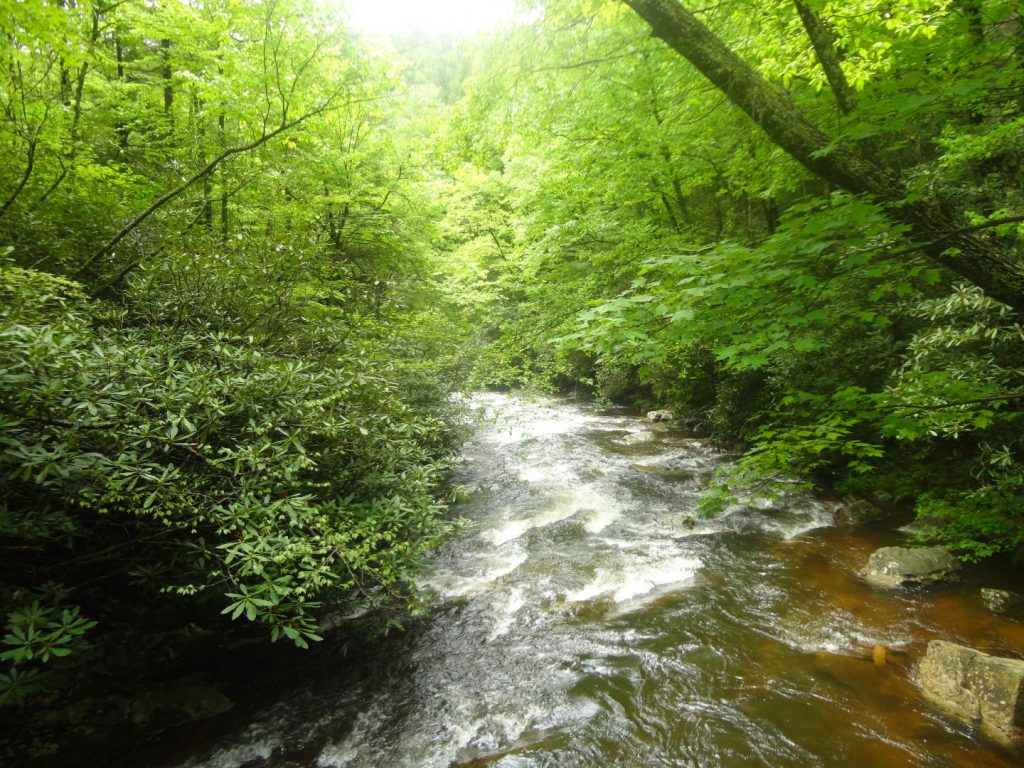
Since 2013, BRIT has invested in a program to document plant biodiversity in the Southern Appalachians. In the most recent project of this effort, BRIT research associates Devin Rodgers and Chris Mausert-Mooney, led by BRIT botanical explorer Dwayne Estes, are piloting an effort to provide critical vegetation data so that researchers can investigate the long-term effects of climate change, invasive species, and acid rain on the ecology of high-elevation ecosystems in the Blue Ridge Mountains. This project will monitor high-quality brook trout streams and document the riparian vegetation of four watersheds in east Tennessee. It emphasizes the important connection between vegetation and broader ecosystem conservation.
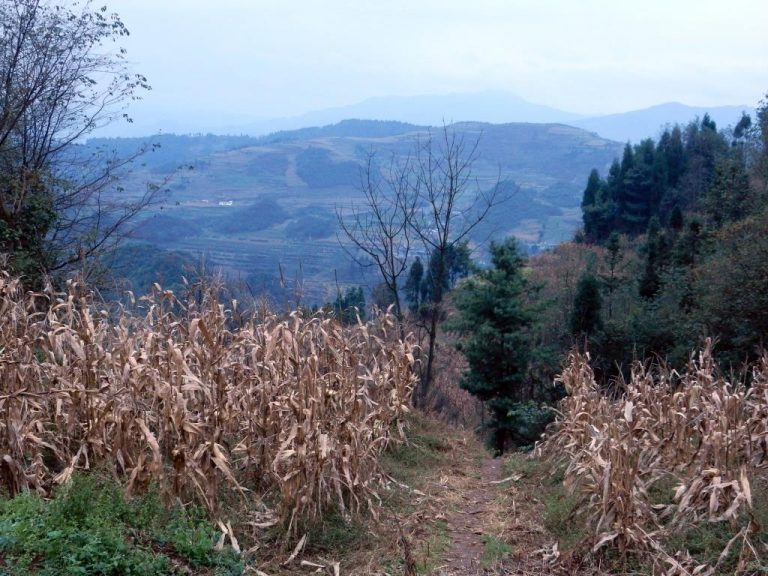
Researcher Dwayne Estes is leading efforts to restore the imperiled tallgrass prairies of central and western Kentucky and Tennessee through his Pennyroyal Plain Prairie Restoration Project (PPPRP). Prior to 1800, these prairies covered 3.7 million acres and supported bison and prairie chickens. Today, nearly 99.9% of the prairie has been destoryed; the last remnants can be found at Fort Campbell Army Base near Clarksville, TN. Estes has built a coalition of state and federal agencies, private corporations and businesses, and local and state leaders to help restore the 300 acres of prairie remnants on public land, using seed from the prairie at Fort Campbell, and to search for privately owned prairie remnants and work to secure those prairies from further loss.
FORT WORTH BOTANIC GARDEN
3220 Botanic Garden Blvd
Fort Worth, Texas 76107
(817) 463-4160
Click here to email us!
BOTANICAL RESEARCH INSTITUTE OF TEXAS
FOLLOW US ON SOCIAL
We respectfully acknowledge that the Fort Worth Botanic Garden is located on traditional lands of Indigenous Peoples. We honor the ancestry, heritage, and gifts of all Indigenous Peoples who were sustained by these lands and give thanks to them. We are grateful that these lands continue to provide enrichment for many people today. [More…]
©2023 Fort Worth Botanic Garden